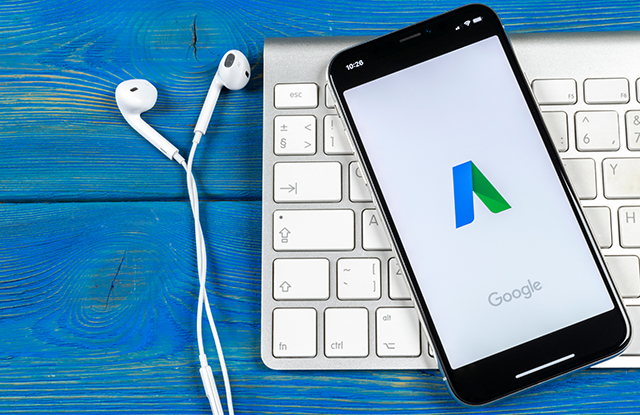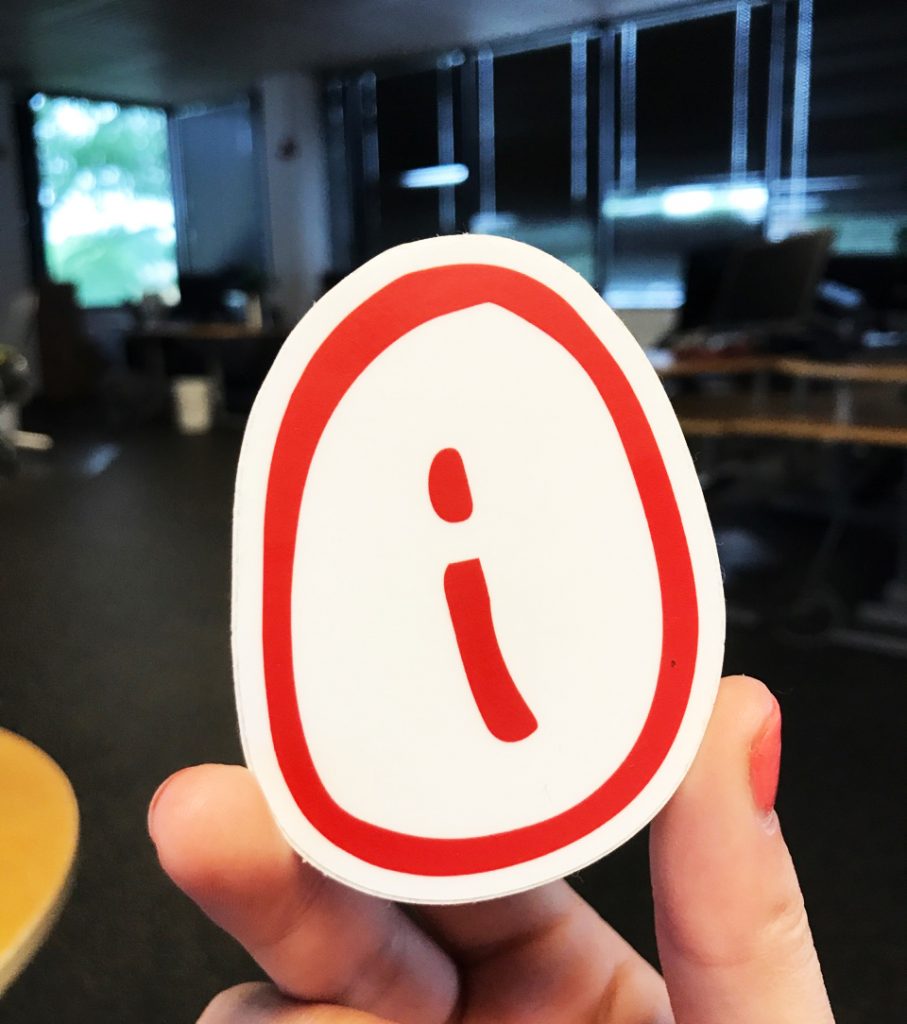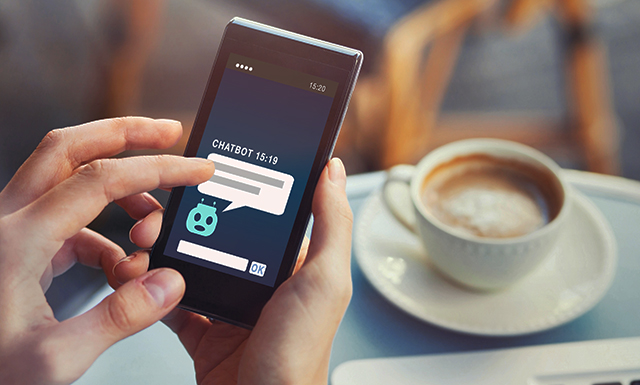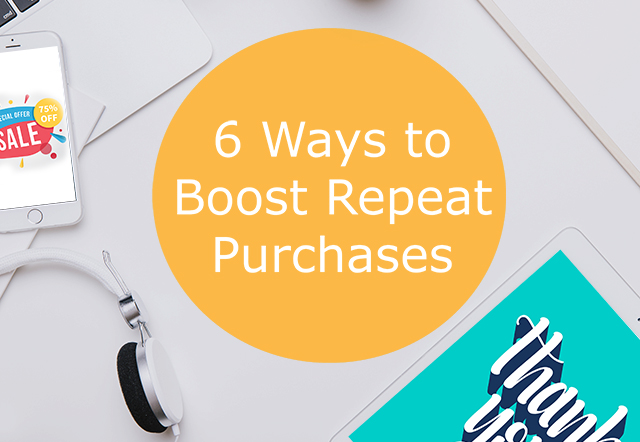
3 Types of eMails That Keep Customers Coming Back Again and Again

For eCommerce businesses, eMails are still one of the primary methods of consumer engagement. Emails generate leads, pull in potential customers, create customer satisfaction pre and post-sale and create a buffer for potential customer loss.
Today, there are far too many eCommerce businesses who are ignoring eMail campaigns in favor of aggressive social media strategies. We get it: social media is engaging. It’s modern, it’s sleek, but don’t let that drive to engage millennials cloud your overall sales strategy.
After all, people are twice as likely to sign up for an eMail list than they are to interact with a business on Facebook. Email has higher conversion rates than search and social media combined, and to this day, email has a $44 return for every $1 spent. At the outset, here are a few key things that every successful eMail campaign should include:
- Segmentation: Not everyone should be receiving the same eMail. This is hyper-critical, both in terms of pushing users through the sales funnel as well as generating happy customers. Poorly segmented eMails can sour customers and drive them away.
- Automation: Merchants cannot run a successful eMail campaign using manual eMails— it just doesn’t work. Automation services vary, but at the very least businesses need something that can send eMails out rapidly, target specific groups, and segment eMails based on dynamic data.
- Free ebooks and courses are still a hot commodity; they draw users in and provide value.
- Always make eMails personal and targeted.
- Finally, make sure to send eMails from the merchant’s eMail address, not a generic marketing eMail address.
Now let’s analyze some of the best eMail campaigns, run some numbers, and discuss how merchants can benefit from eMail as a sales and brand-building tool.
The Welcome eMail
Welcome eMails aren’t just important brand-building, they are powerful sales tools. In fact, welcome eMails lead to 320% more sales than any other eMail type.
Some great examples have popped up in recent years and three overall successful trends have emerged: urgency, personalization, and humor.
When signing up for an eMail list, consumers expect personalization. Usually, this is done through dynamic content using the other information gathered during the eMail list sign-up. If an email list only collects eMail addresses, we would recommend using the welcoming eMail as a way to generate more data (as in, ask for more information).
Here are some general rules to follow when it comes to crafting a welcome eMail:
- Only use one call-to-action
- Link to social media at the bottom
- Always use a kind welcoming tone, not an aggressive or overly assertive tone
- Remember to personalize the eMail. Try to go beyond “Welcome [Insert Name]!”
- Send the eMail immediately
- Feel free to use an emoji or GIF (Since 2015 the number of emojis in marketing emails has increased by 775%, while over 10% of current marketing emails use GIFs)
Abandoned Cart
Over $4 trillion (yes trillion!) worth of merchandise will be abandoned this year. But don’t fret yet, Business Insider estimates that marketers could save as much as 63% of this loss through positive marketing campaigns. In fact, eMails sent only 3 or 4 hours after a customer abandons a cart see a massive 40% click-through rate.
In other words, abandoned cart eMails are a great way to increase profits. Not just a small amount of gain either, we are talking about potential millions for small to medium-sized businesses.
Let’s go over the sequence that produces results when it comes to abandoned cart eMail campaigns.
- First, remind the customer they left without completing their purchase. Consider providing an incentive such as free shipping to get them back to your site. That being said, be careful not to train the customer to always expect an incentive. You’ll teach them that it is smart to always abandon the cart.
- Second, if the customer has still not purchased the item, send an eMail asking why. Ask them to reply to the eMail. After all, data is knowledge and knowledge is power. The more data you have, the more successful your future marketing campaigns will be.
- Third, consider a discount eMail. There are positives and negatives to this campaign. It could lead to a potential sale, but it could also lead to system abuse if it’s fully automated and universal. This is a tricky one. Discounts can work successfully but they can also fail miserably and can diminish the value of a merchant’s brand. Consider the buyer’s persona and your product before deciding to send discount eMails on abandoned carts.
The Story Series
Story series eMails are eMails that build upon and humanize the merchant’s brand. It’s unfortunate that although eMail is such a powerful marketing tool, only 7% of eMail marketers consider it part of their brand-building strategy.
For customers, it can be a nice change of pace to receive eMails that aren’t just marketing related. The eMail story series is precisely what it sounds like. It’s a series of eMails that introduces the user to the story of your brand.
There isn’t a “trick” to this one. The entire eMail series is dependent upon your story. The tone needs to reflect your identity, purpose, and company ethos.
The key to creating engaging story eMails is to leave the reader craving more. End on a cliff-hanger. Make them want to read the next eMail in the series.
Recognize the Power Behind an eMail
Email is a powerful tool that every eCommerce business should be using. In order to engage users and push them down your funnel, you must be using it wisely.
If you have any questions relating to eMail strategies in eCommerce or you would like to see how our eMail campaigns, SEO strategies, and eCommerce solutions can help you craft your perfect marketing strategy, contact us.








